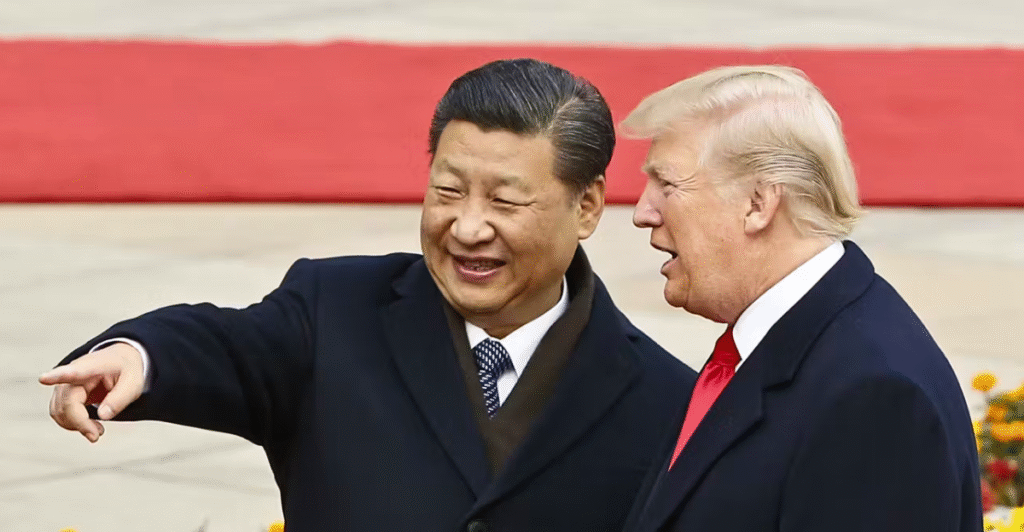
In the recent meeting in Geneva, the U.S. and China discussed trade affairs, and there has been a significant de-escalation in trade tensions. Both China and the U.S. have agreed to lower tariffs, with China lowering these tariffs on U.S. goods significantly, resulting in many products becoming “unblocked” and accessible again.
This pivotal development could undo the damage to supply chains caused by the recent tariffs. The Geneva meeting helped both sides agree to lower these taxes temporarily and talk more regularly to avoid future problems. This could be the start of continued cooperation between the two global giants.
The Trade Conflict
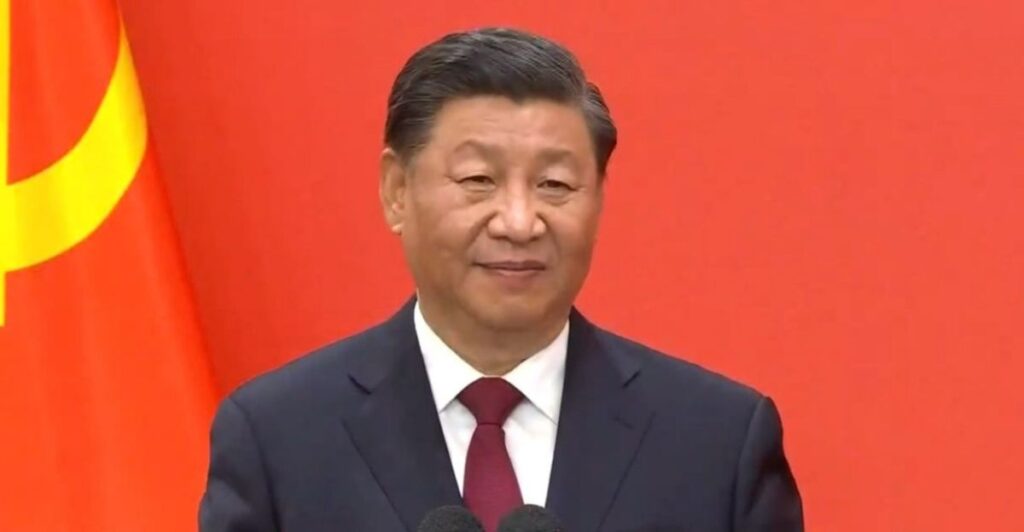
Trade tensions between the U.S. and China escalated in early 2025 when tariffs were imposed on Chinese products coming into the United States. China retaliated with tariffs of its own, escalating the situation.
This had huge consequences for American and Chinese businesses and, ultimately, consumers, who often had to bear the burden of increased taxes on these products.
What Happened In Geneva?
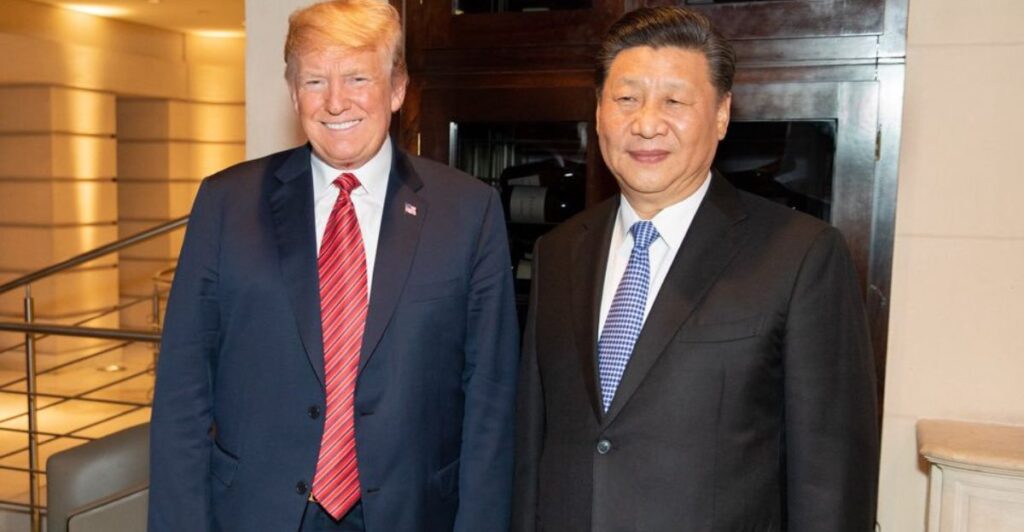
United States and Chinese officials met in Geneva for two days to talk openly. They allegedly made good progress, with both sides agreeing to talk more frequently to solve major trade problems instead of eye-for-an-eye tariffs.
This meeting showcased that there can be cooperation between the countries to look out for the best interests of both nations.
Lowering Extra Taxes
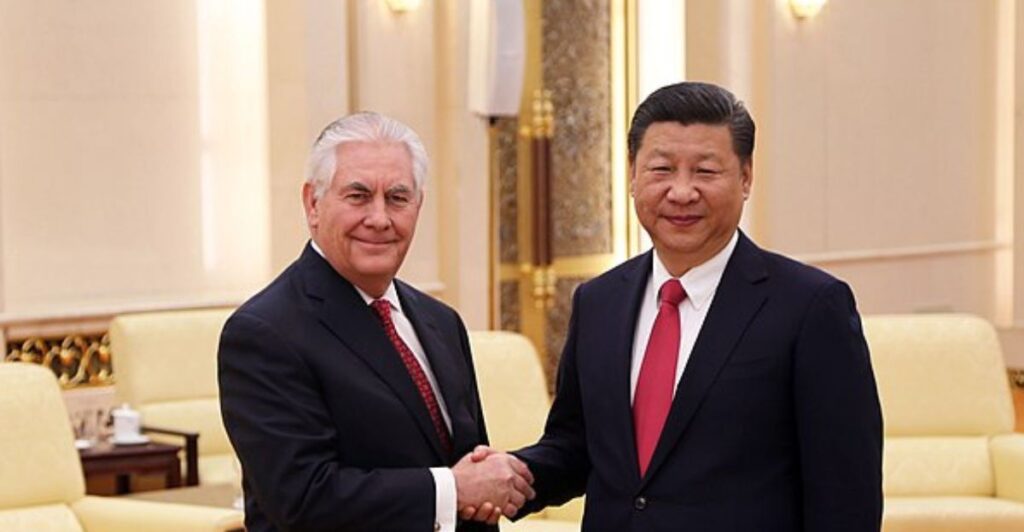
One of the biggest takeaways from this meeting was an agreement to lower taxes on a broad range of products for around three months. This means that, at least for now, products and goods will cost less, helping businesses and shoppers alike.
Trade is a huge component of both countries’ economies, and neither can afford a total collapse in important supply chains.
China’s Move
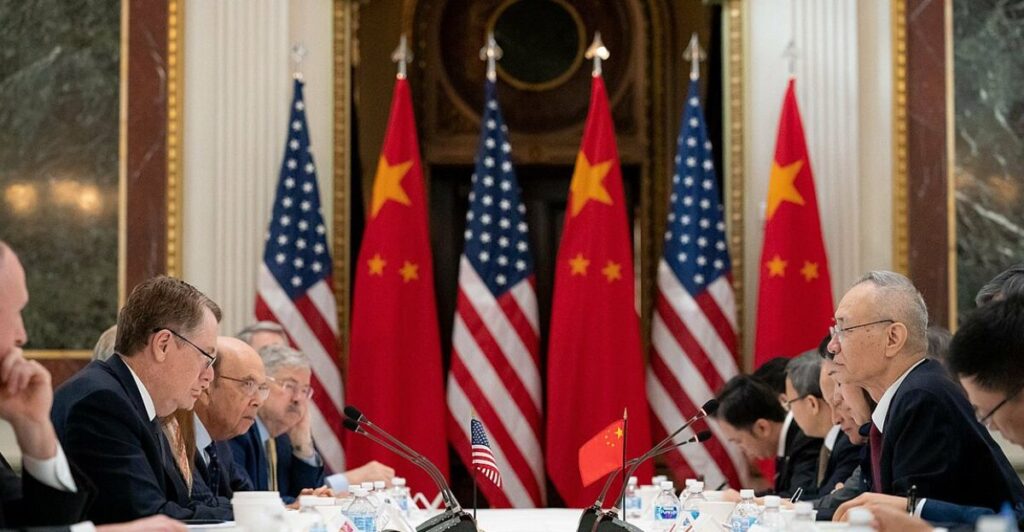
China’s lowering tariffs so that U.S. products can come into the country highlights how good trade relations are crucial to the global economy.
American businesses can continue to sell their products in China and keep their supply chains uninterrupted. If the trade tensions escalated, both countries would have faced harsh short-term economic consequences.
Talking More Regularly
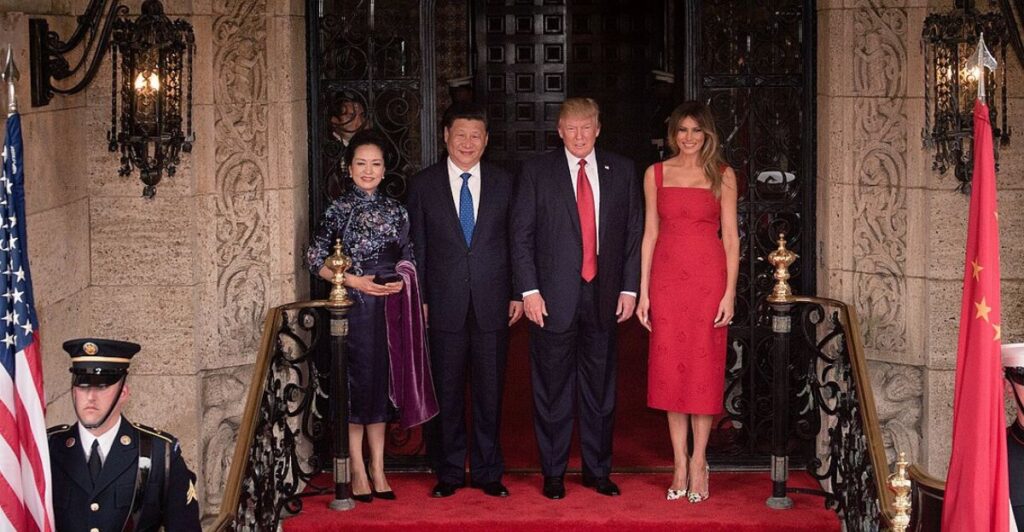
A significant step forward is both countries’ agreement to establish a formal consultation mechanism to resolve trade disputes through more regular communication.
This means that issues between the nations could be discussed quickly in the future, reducing the chances of misunderstandings and escalations, such as retaliatory tariffs. Trade could be more stable in the future and help prevent future trade tensions.
Unblocking Products
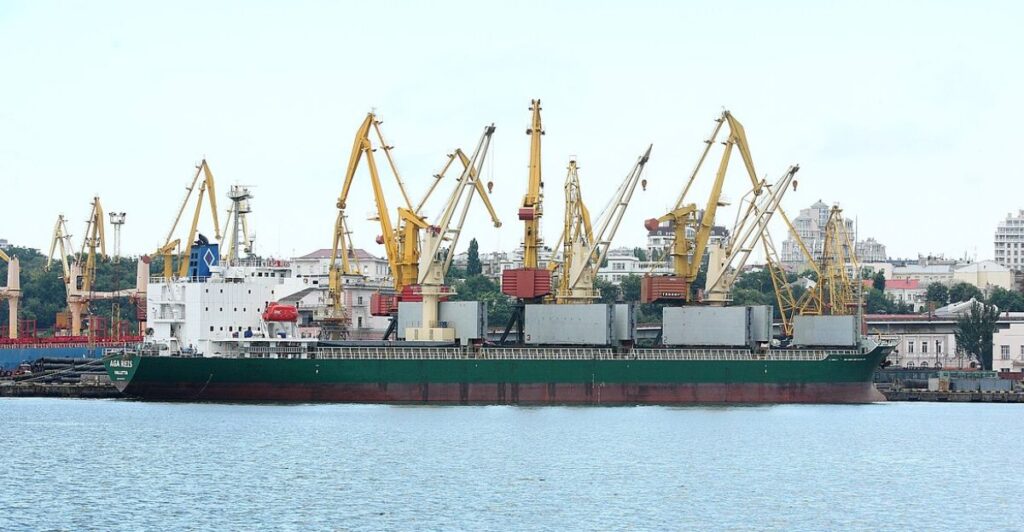
The decision to “unblock” hundreds of U.S. products will come directly as a result of the tariff rollback agreement. While the exact list of products has not been publicly released, officials from China have confirmed that many American goods that were previously restricted should face far fewer tariffs.
Products such as agricultural products, industrial components, and other technologies will now temporarily face significantly fewer trade barriers.
Market And Economic Reactions
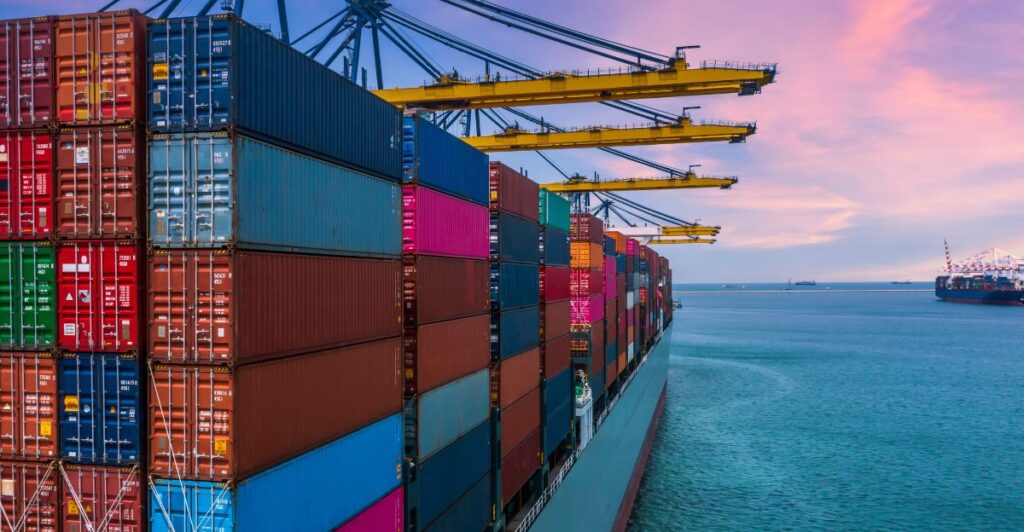
Both American and Asian markets have already responded well to the news. U.S. stock futures, Asian markets, and commodity prices have already shown gains, indicating investor optimism about reduced trade tensions.
Lower tariffs on products will help to ease economic pressures caused by higher import costs. However, with the tariff reductions only being temporary, we may still need to be concerned about the future.
Only Temporary

While the meeting has shown great progress in de-escalating trade tensions, the rollback of tariffs is only temporary, and many problems still remain, such as disagreements over technology sharing and intellectual property.
If these underlying problems can’t be solved in the future, trade tensions could rise again. Political pressures could also make it difficult for both nations to make the peace last.
More Than Just Buying And Selling Goods

Trade is more than just exchanging goods, it is a way for many nations to show their strength and negotiate power. Tariffs can be powerful tools to leverage better deals.
The recent agreement is a kind of peace treaty that will help to alleviate tensions between the countries and could open the door for better cooperation in the future. Trade is a crucial component in economic stability and health.
How It Affects Technology And Defense

China’s move to significantly reduce tariffs in the short term could help U.S. technology and defense companies continue to obtain essential materials like electronic parts and rare minerals, which China holds in large quantities.
This could ease concerns of shortages that could slow down production in nearly all production sectors. Although America and China compete with each other in technology, with their current infrastructure and supply chains, both nations depend on each other for many important resources.
History Repeating Itself

This isn’t the first time that trade fights have ended in deals to lower tariffs and increase communications. Historically, the United States and Japan have been involved in similar trade tensions, which led to de-escalation to avoid bigger problems and keep trade flowing smoothly between the nations.
This is one way to handle important trade issues without establishing entirely new supply chains, which would lead to further escalation.
What Can The Economy Expect
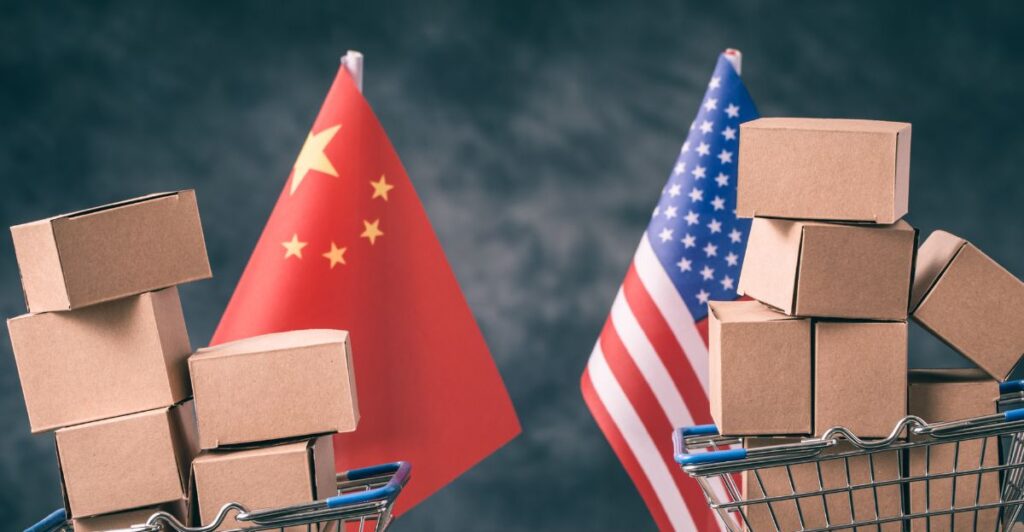
Lowering tariffs and reducing trade barriers between the two nations should aid the local economies of both countries. With investors more confident, more jobs and growth can result, only serving to boost the economy further.
Consumers should expect lower prices, and businesses could get better access to important materials, although these short-term tariff reductions could be unpredictable, as they are only temporary.
Affects On The World
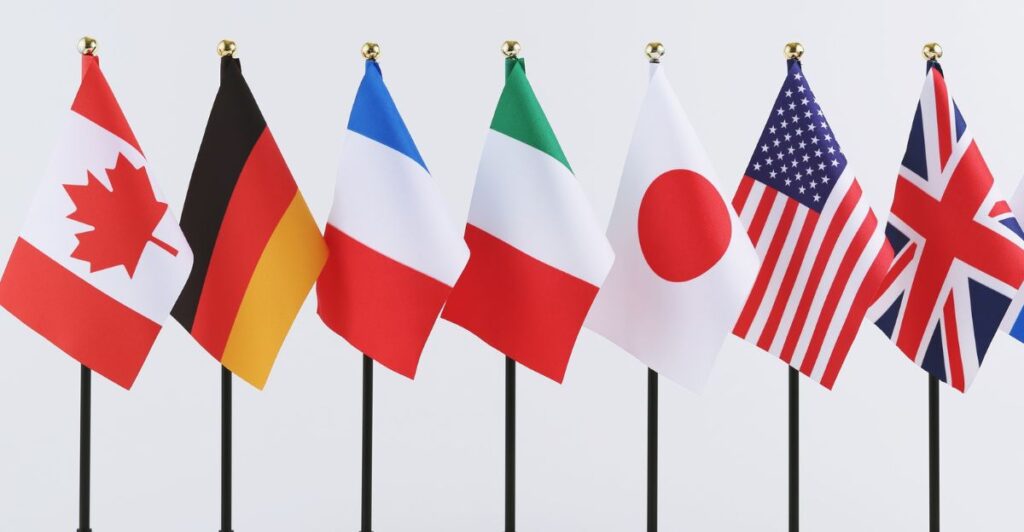
The trade meeting in Geneva could reduce the trend of countries cutting off trade due to political tensions. If trade tensions die down, other countries can freely trade with the U.S. and China without worrying about potential repercussions from “picking a side.” The global economy could come out of this stronger and better connected.
As time progresses, further developments should arise, with tensions staying the same, reducing, or even escalating. Still, it’s anyone’s guess as to what China and the United States’ next move will be.
Discover more trending stories and Follow us to keep inspiration flowing to your feed!

Craving more home and lifestyle inspiration? Hit Follow to keep the creativity flowing, and let us know your thoughts in the comments below!
